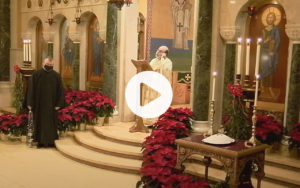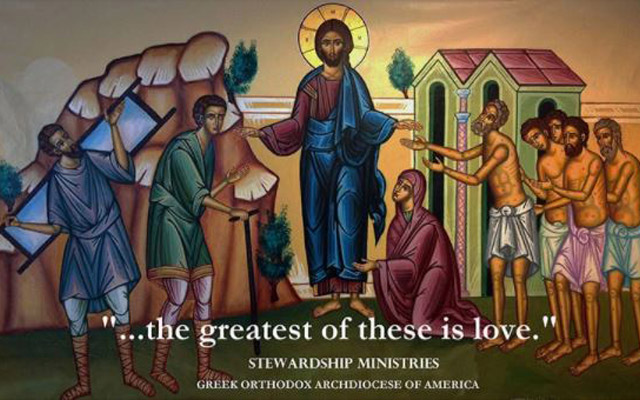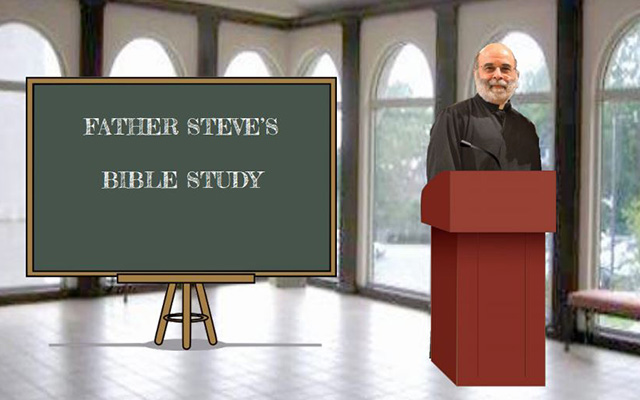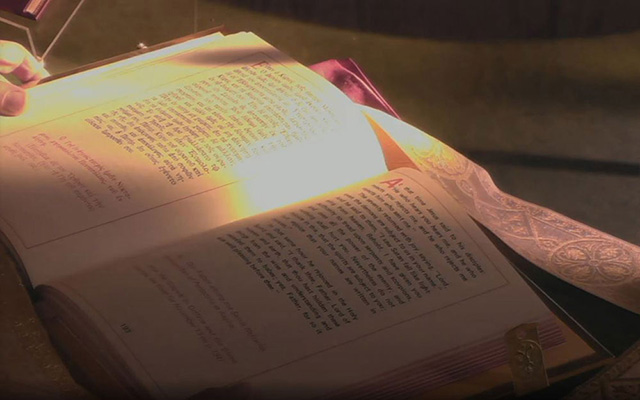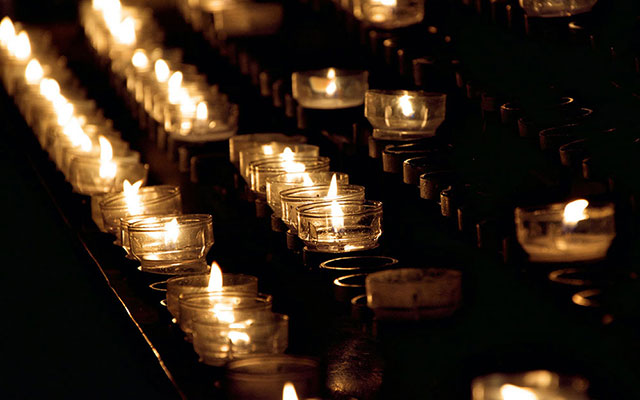The Voice of God
AS WE SLOW DOWN to hear our breathing, we can become aware of an inner vastness opening up, a new dimension to our awareness. This is the beginning of an awareness of the holy presence of God. Within that space we can become alert to God guiding and strengthening us, aware of His voice. We slowly become aware of Him as our strength and our song. When I first began to give retreats in Orthodox


